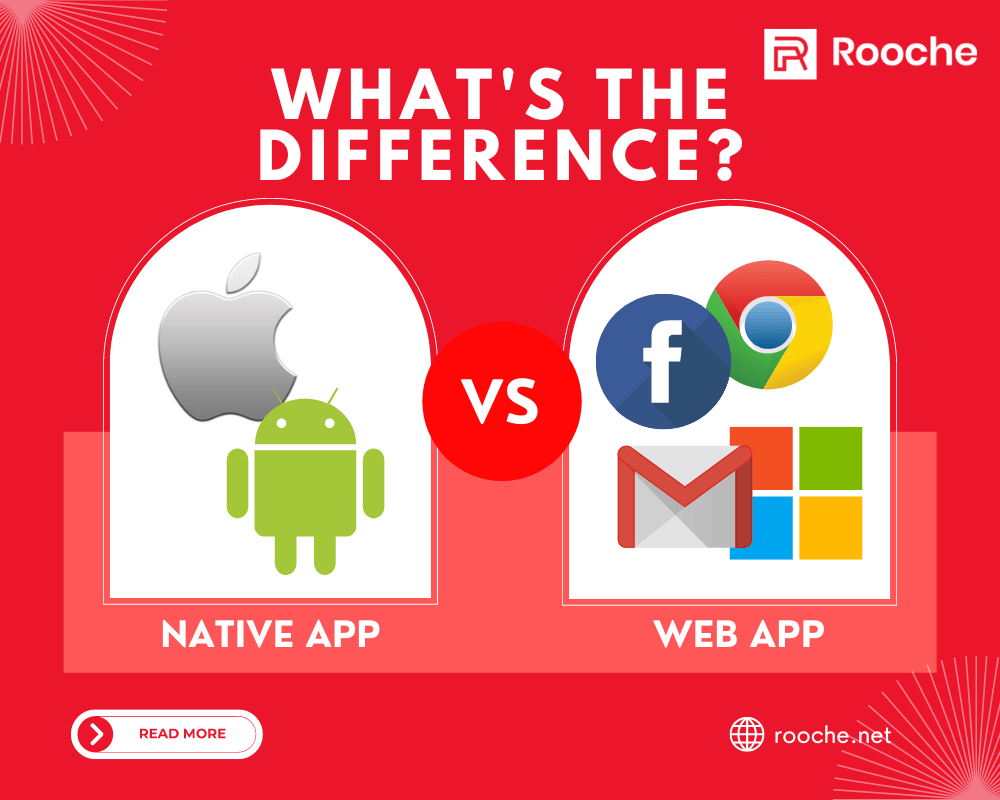Figma For Mobile App Design: Tips And Best Practices
Have you ever been curious about Figma for mobile app design? If so, then this article is perfect for you! […]
Apr 15, 2023
Feb 14, 2023

Web development frameworks are pre-written code libraries that provide developers with a foundation to build web applications more efficiently and effectively. These frameworks typically include libraries, APIs, and other tools that make it easier to develop, test, and deploy web applications.
Using a web development framework can bring many benefits to developers, including improved productivity, faster development times, and better scalability. Frameworks also help to ensure consistency in coding practices, which can make it easier for developers to collaborate on projects.
In this blog post, we will be discussing the most popular web development frameworks and their pros and cons. The frameworks we will be covering are React, Angular, and Vue. These frameworks are widely used in the industry and have large communities of developers supporting them. By understanding the advantages and disadvantages of each framework, developers can make informed decisions when choosing the right tool for their next project.
React is a popular JavaScript library for building user interfaces. Here are some of the pros and cons of using React:
Pros:

Cons:
React is a powerful and widely used web development framework that can provide fast performance and easy integration with third-party libraries. However, it has a steep learning curve and may not be suitable for all projects.
Angular is a popular web development framework developed by Google. Here are some of the pros and cons of using Angular:
Pros:

Cons:
Overall, Angular is a comprehensive web development framework that provides built-in support for advanced features and has a strong focus on testing and code quality. However, it requires a lot of boilerplate code and can have slower initial loading times, and updates can sometimes break backward compatibility.
Vue is a progressive JavaScript framework for building user interfaces. Here are some of the pros and cons of using Vue:
Pros:
Cons:
Vue is a lightweight and highly customizable framework that offers fast rendering and performance. However, it has a smaller community and less third-party support than other popular frameworks, and it may require additional tools and libraries for some features.
When comparing React, Angular, and Vue, it’s clear that each framework has its own unique set of strengths and weaknesses. React is a widely-used and supported framework that offers fast performance and easy integration with third-party libraries, but it has a steep learning curve and limited support for server-side rendering.
Angular, on the other hand, is a comprehensive framework that places a strong emphasis on testing and code quality, but it requires a lot of boilerplate code and can have slow initial loading times. Finally, Vue is a lightweight and easy-to-learn framework with fast rendering and performance, but it has a smaller community and may require additional libraries for some features.
Ultimately, the choice of framework will depend on the specific needs and requirements of the project. For smaller projects with simpler needs, Vue may be the best choice due to its simplicity and speed. For larger projects with a need for comprehensive documentation and a focus on testing, Angular may be the best option.
And for projects that require fast performance and easy integration with third-party libraries, React may be the most appropriate choice. Regardless of the framework chosen, it’s important to consider the strengths and weaknesses of each framework in order to make an informed decision that will result in the most efficient and effective web development project possible.

Have you ever been curious about Figma for mobile app design? If so, then this article is perfect for you! […]
Apr 15, 2023

Native Apps Native Apps are software applications that are built for a specific operating system, like iOS or Android. This […]
Dec 8, 2022

When it comes to the future of web design, there are a lot of opinions out there. But one thing […]
Dec 8, 2022
Join our newsletter and be the first to receive future promo and sale updates from Rooche!